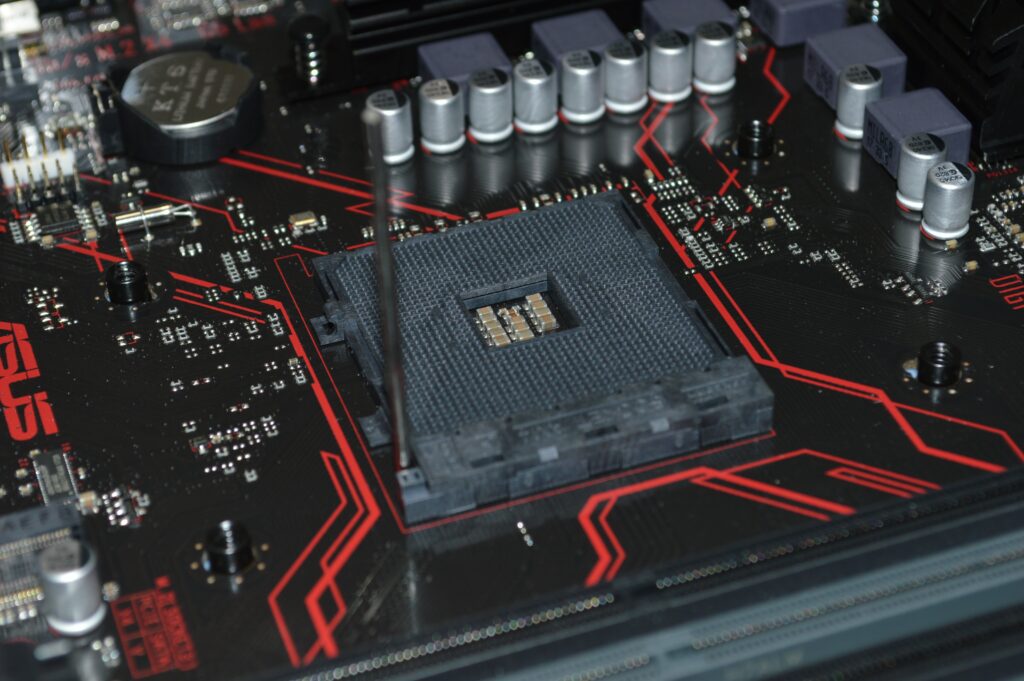James Veale, co-founder at GreenToken by SAP discusses ESG ‘washing’ and turning a green blockchain into reality.
Do you ever stop to think of where the raw materials in your day-to-day products come from? We can’t all claim to be ardent activists, but most of us would like to know that we can truthfully don the label of a morally sound “responsible consumer” and make informed purchasing decisions.
Often though, we can’t see much beyond enticingly flashy marketing and a long, sourceless list of ingredients. Which leads to the question – how can you really be sure that the ESG claims on the packaging are true?
Take the palm oil supply chain. Palm oil products are massively useful to our day-to-day lives and can be used across many industries from food products to beauty and hygiene products, and even as a renewable agri-resource for biofuels. A palm tree is productive for about 25 years and, on a per hectare basis, is over two and a half times more productive than the next nearest vegetable oil source, canola. It is also a much-needed source of income for developing countries, supporting millions of jobs both directly and indirectly.
The challenge with palm is that it likes to grow around the Earth’s hot and humid equator, the same areas that are home to ancient peat bogs and rain forests. Destroying this habitat to plant palm plantations not only threatens biological diversity and indigenous communities, but also releases millions of metric tons of greenhouse gasses.
So, what’s to be done? We could ban all palm products, but that would result in a major change in the availability of many of the products we rely on, make some bioenergy products unviable, and displace millions of people from employment. A better move would be to halt deforestation and work to ensure that we only buy palm from plantations that are sustainable, with ethical working practices and end of life tree succession plans.
Blockchain eliminates the single point of failure that all central databases have. An immutable “chain of custody” is created as the physical materials are moved and transformed.
The next challenge is how do we ensure that we are really getting our palm from the mature well-run plantation? Palm oil, like crude oil, grains and mineral ores are all examples of raw materials often referred to as commodities. Commodities tend to trade in huge bulk volumes and are priced on two simple criteria – quality and price. Often, there is little consideration for ESG factors like the “deforestation-free” status of palm in the purchasing decision and plenty of scope to “wash away” bad ESG facts for good across extended bulk supply chains.
Bad ESG facts “washing” up as good
My working career began over 30 years ago as a fresh-faced graduate at a major oil company, working as trade support on the trading floor. Occasionally, cargos of “distressed” crude oil would be purchased, shipped to a new location and then blended to a better quality, before being offered as a new cargo through a recognized port. All of the facts relating to the original cargo were then lost and what remained was crude that looked legitimate.
Such arbitrage and product blending are common trading mechanisms and make markets efficient, but you can see how easy it could be to “wash” crude oil with bad ESG facts to good. Whilst I have no evidence, I’m sure that Russian-origin diesel fuel is still making its way to EU markets today, despite the purchase ban on Russian crude oil products.
A blockchain, digital twin solution
So, three years ago, my business partner Nitin Jain and I saw potential for a digital information system, Greentoken, to bring transparency to these opaque upstream supply chains, regardless of the number of supply chain actors and regardless of how the commodities get processed.
Partnering with a leading global consumer packaged goods company that has made a global commitment to only source deforestation-free agri products, we first looked to tackle a “deforestation-free status” palm oil origination out of SE Asia.
Using tokens to represent a small mass of an underlying raw material, say 1kg or 1g, as a “digital twin”, ESG facts were attached as attributes on the tokens. So, when the material is first sourced, a digital twin token is “minted” to represent the material and its ESG facts.
Then, using a decentralized blockchain ledger, we recorded the material movements. This way, unlimited quantities of commodity were modeled, regardless of where in the supply chain it was or how it is processed.
To build and drive rapid adoption across the supply chain business partner network, the GreenToken solution was deployed as a cloud product with built-in integrations to SAP ECC and S/4HANA, and via a published API to any other information system using just an internet connection and a browser.
Just like that, blockchain and digital twin technology had provided a means to tackle the “washing” problem.
A true supply chain reflection comes to fruition
Taking us back to the example of the palm fruit, as commodities are transformed (crushed to get palm oil and palm kernels), the use of tokens can enable a mirror record of this transformation. Tracking the original tokens as new material tokens at the correct ratio, a new entry is written to the ledger showing this token transformation but also linking back to the first sourcing step token.
When the material is sent to a supply chain business partner for further processing, the correct number of tokens for the mass traded are also sent, and the copycat ledger is then updated again. An immutable “chain of custody” is created as the physical materials are moved and transformed; the tokens update the ledger building, which then shows the entire supply chain story from origin to end customer.
Using this system, we can also eliminate the “double spend” problem. In response to a goods movement to a counterparty, the correct number of tokens need to be moved and they are no longer available to use to guarantee other materials. The distributed and consensus nature of the blockchain ledger not only installs trust in the data recorded, but also allows for easy auditing of the entire chain. The blockchain eliminates the single point of failure that all central databases have, which is a single overarching “super database administrator” that can change any record at will.
A traceable takeaway
By capturing unique attributes on the token such as commodity origin, carbon footprint, no deforestation status, no child labor status, or any of hundreds of ESG facts, digital twin token and blockchain solutions can aid businesses to accelerate their industry’s shift to new auditable, sustainable practices.
Using such a network-based solution can enable businesses to create effective and efficient traceability and transparency of ESG facts across multiple supply chain partners, or within a single company.
You can see how easy it could be to “wash” crude oil with bad ESG facts to good.
Using such a network-based solution can enable businesses to create effective and efficient traceability and transparency of ESG facts across multiple supply chain partners, or within a single company.
Effectively, this method can be applicable to any industry basing its production on raw material, to prove ESG facts about its origin and how it was made and processed, while also adding value to downstream products. Whether tracing the greenness of hydrogen, proving the circularity in recycled plastic products, or even ensuring no child labor in cobalt sourcing from the Democratic Republic of the Congo, the world’s supply chains can start using technology to trace their sustainability management and fact-check their ESG claims.





